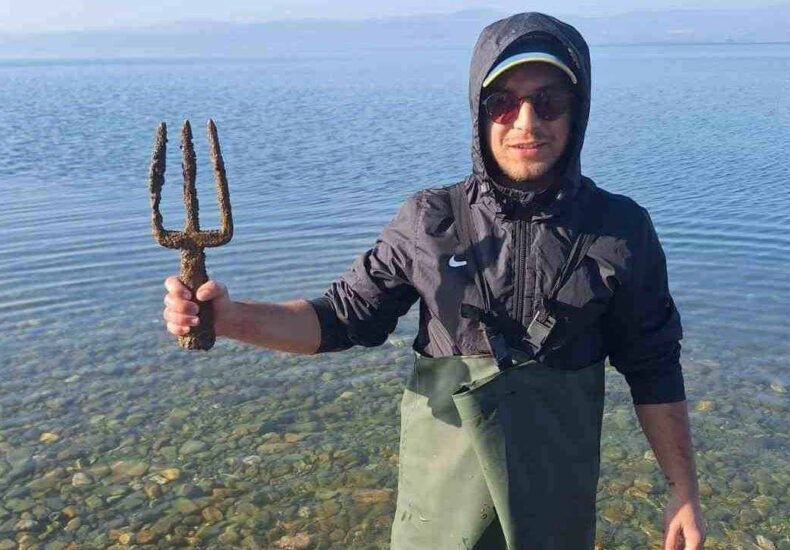
Spearhead Believed to Be Poseidon’s, Possibly Roman, Unearthed in Lake İznik
In the early hours of the morning, Osman Erim and his friends cast their nets into Lake İznik to catch silverside fish. While retrieving the nets, Erim noticed an unusual, metallic object entangled among the fish. Suspecting it might be of historical value, he contacted the local museum without hesitation.
“While pulling up the nets, I saw something that looked like a spear. It didn’t look like any fishing tool, so I thought it might be an artifact. I wanted to do the right thing and inform the authorities,” said Erim.
Now in Expert Hands
The item was promptly handed over to the İznik Museum Directorate. Although a definitive analysis has yet to be completed, early evaluations suggest that the spearhead may date back to the Roman era. Museum officials are expected to conduct further analysis to determine its age, origin, and potential use.
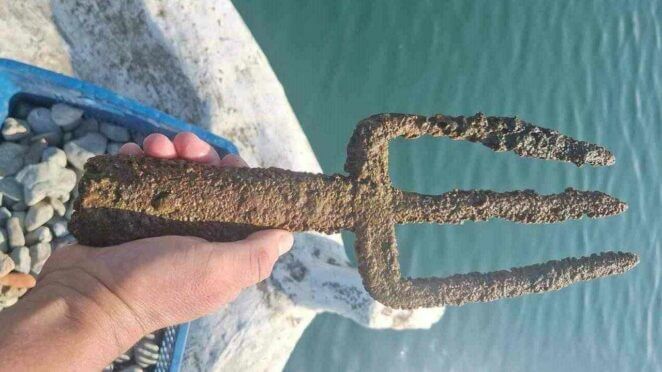
Mythological Echoes: Could It Be Linked to Poseidon?
In Greek mythology, Poseidon, god of the sea and earthquakes, wielded a trident — a powerful three-pronged spear said to control storms and seas. The spearhead’s appearance led locals to nickname it “Poseidon’s Spear”, though no direct mythological connection has been confirmed.
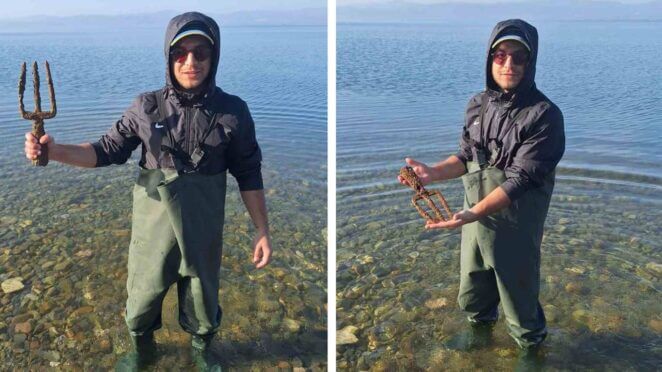
Lake İznik’s Hidden Depths
Lake İznik has long been known for its submerged historical treasures. Previous underwater explorations have revealed sunken basilicas and ancient ruins. This recent find further strengthens the theory that the lake bed holds untapped archaeological potential.
📣 Our WhatsApp channel is now LIVE! Stay up-to-date with the latest news and updates, just click here to follow us on WhatsApp and never miss a thing!!
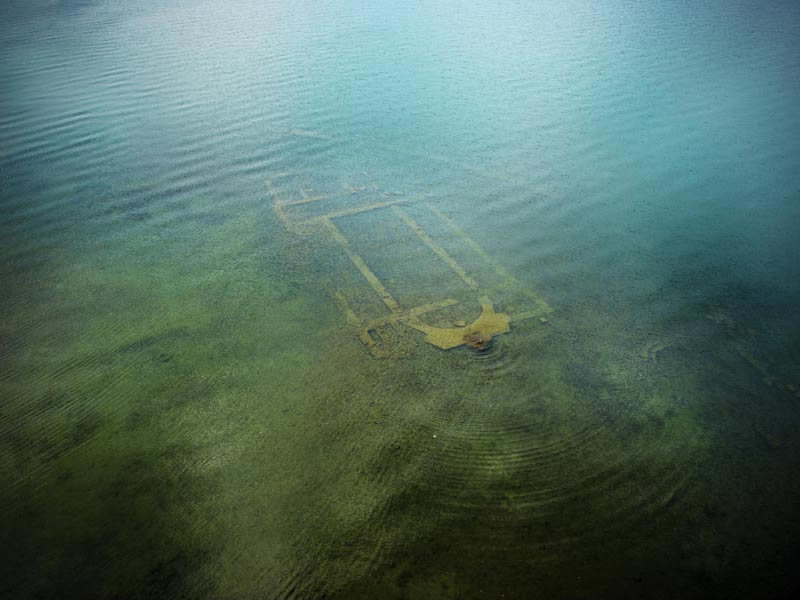
Historical Interest on the Rise
Once known as Nicaea, İznik is already a culturally and historically significant town. The spearhead discovery is likely to attract further academic interest and could eventually be added to the museum’s regional heritage exhibits, following official verification and conservation efforts.
Cover Image Credit: Fisherman Osman Erim holds the ancient spearhead called “Poseidon’s Spear”, which he found caught in his net in Lake Iznik. Kayıp rıhtım
You may also like
- A 1700-year-old statue of Pan unearthed during the excavations at Polyeuktos in İstanbul
- The granary was found in the ancient city of Sebaste, founded by the first Roman emperor Augustus
- Donalar Kale Kapı Rock Tomb or Donalar Rock Tomb
- Theater emerges as works continue in ancient city of Perinthos
- Urartian King Argishti’s bronze shield revealed the name of an unknown country
- The religious center of Lycia, the ancient city of Letoon
- Who were the Luwians?
- A new study brings a fresh perspective on the Anatolian origin of the Indo-European languages
- Perhaps the oldest thermal treatment center in the world, which has been in continuous use for 2000 years -Basilica Therma Roman Bath or King’s Daughter-
- The largest synagogue of the ancient world, located in the ancient city of Sardis, is being restored

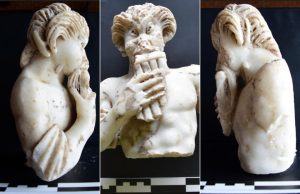
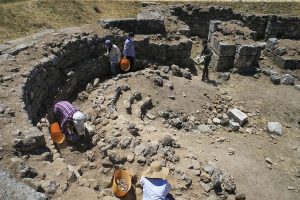
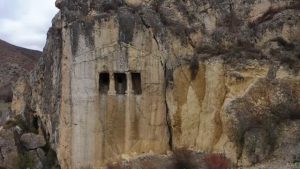
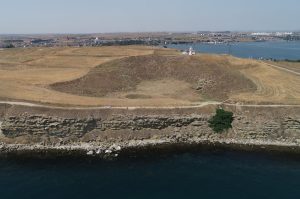
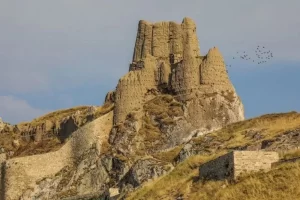
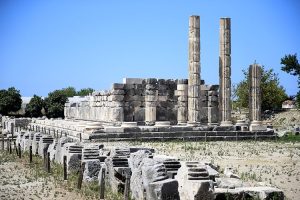


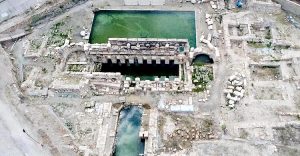
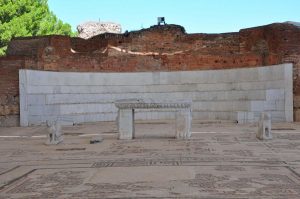
Leave a Reply